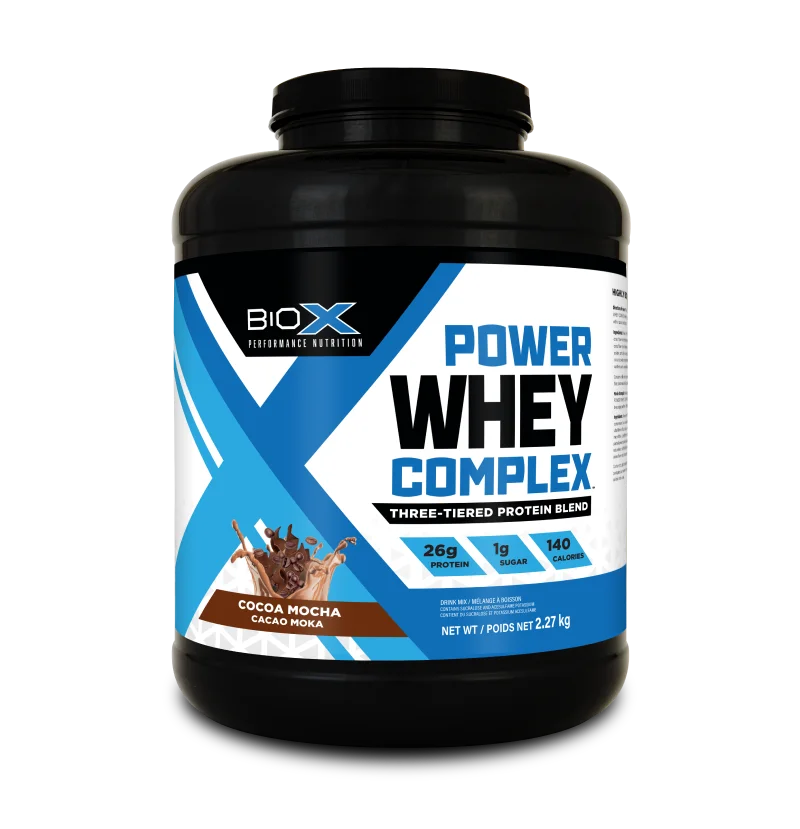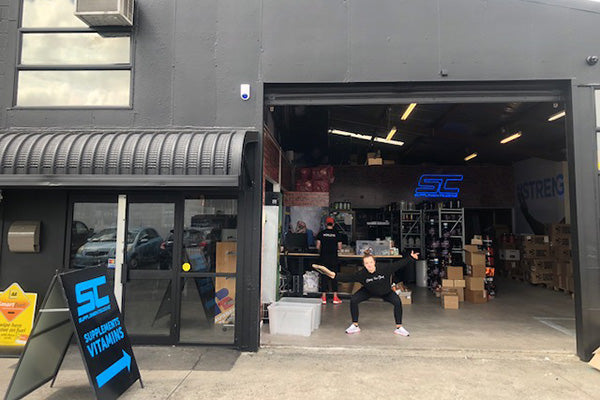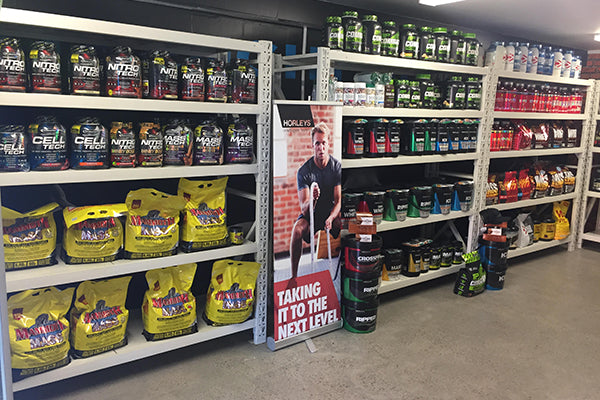Prehab may be a new word to some of you. In short, it’s about ensuring that your body is functioning as optimally as possible at any point in time. Instead of waiting to rehabilitate an injury, incorporate prehabilitation movements to prevent injury. Below, you’ll find eight movements divided into upper, lower, and core that serve specific prehab purposes. Add or substitute these movements into your workouts to help protect yourself from the common injuries that plague many athletes and recreational lifters.
Upper Body
1) Cuban Raise
Sets & Reps: 3 sets of 8-12 at low to moderate intensity
This exercise combines the upright row with an external rotation to create a powerful shoulder saver. Trust me, your rotator cuff complex will thank you after a few weeks of work. Grab a light dumbbell – seriously, this isn’t an exercise that needs to be performed at a high intensity – in each hand and hold them outside your hips. Pull the weight directly up your body along the sides of your torso until you’re about midway between the belly button and the sternum. From here, lock the elbows in place and externally rotate the weight until it’s out to the sides of your ears. Reverse the entire motion to return to the starting position.
2) TRX T-Y-I
Sets & Reps: 3 sets of 8-12 depending on difficulty
The T-Y-I is one of the most productive upper body exercises you can add to your routine. It’s a combination movement that hits multiple big players of the upper back and shoulders. Set the TRX straps to mid-length and face the anchor point. Grab both handles and settle into a moderate angle to start – you can easily increase or decrease the difficulty as you go. Start by pulling both handles out to the sides of your body, just like a chest fly. Return to the arms extended position then pull both handles above your head to create the letter Y. Return to the arms extended position once again. Finally, pull both handles directly above your head to form a straight line, or an I.
Lower Body
1) X-Band Walk
Sets & Reps: 2 sets of 10 per side
This may seem too easy at first, but you’ll come around. Use the X-Band Walk to help activate your glutes and keep your lower body functioning as it should. Start by grabbing a low-resistance band and stepping on one end with both feet. Give the other end a single twist and grab it with both hands – hold it tight in front of your stomach. Settle into a comfortable stance with slightly bent knees, chest up and out, and shoulder blades tucked back. Pick your right foot up and take a step directly to the right, then allow your left foot to follow. Repeat this movement until you finish the reps then switch to your left side. Pause every few reps to make sure you’re feeling at least some tension in your glutes.
2) Ball Glute Bridge
Sets & Reps: 2 sets of 8-12, use single leg variation to increase difficulty
This is a step above the most basic bridge and a step below the more difficult weighted hip thrust. The addition of the stability ball adds an additional element of balance and challenges your stabilizers in a nice way. Start by lying on your back on the ground. Place both feet on the stability ball – the bigger the ball, the harder the movement – and both hands at your hips. Squeeze your glutes, press your heels into the ball, and push your hips into the air. Keep squeezing and pushing until your hips are fully extended – a straight line from knees to shoulders. Slowly return to the starting position and repeat.
3) Reverse Lunge
Sets & Reps: 3 sets of 8 per side
Okay, this exercise isn’t exactly a “prehab” movement. But it is a good option for those that need to take a step back from forward lunges and their many variations. The big advantage of the reverse lunge is that it eliminates the need to rapidly and forcefully decelerate, lessening the strain on the knee joint and the surrounding tissue. And to add to the benefits, it’s an easy transition for other lunge variatons. Start with feet together and arms at your sides. Take a big step back with one leg and drop your knee until it’s only a short distance from the ground. Make sure to keep your torso straight. An easy cue is to pretend there’s an imaginary line from your sternum to your belly button – don’t let it lengthen or shorten. Return to the starting position and repeat on the opposite side.
Core
1) Plank
Sets & Reps: 2 sets of tough difficulty (8-9 out of 10)
It’s an oldie, but a goodie. The plank is one of the most basic core exercises, but it’s also a great way to ensure a strong core that won’t easily succumb to injury. You’re probably familiar with the plank, but we’ll walk through it anyway. Drop to the floor and set up in a modified pushup position – you’ll be resting on your forearms instead of your hands. Adjust your hips until there’s a nearly straight line from your ankles to your shoulders. This is the plank position. Draw your belly button in, tighten your body, and hold. Beginners can use short intervals to decrease the difficulty, while the more advanced crowd can either raise an arm or leg, or elevate the feet to increase the difficulty.
2) Prone Cobra
Sets & Reps: 1 set of 10 with a 5-second hold per rep
Use this deceptively simple movement to help build the stabilizers around your spine. Lay facedown on the floor with straight legs and arms at your sides. Contract your muscles to slowly raise your arms, legs, head, and chest off the floor. Allow your forearms to rotate slightly until your thumbs point to the ceiling. Hold this position. Make sure to keep a neutral spine throughout the movement. The goal isn’t to move each area as far from the floor as possible – there should only be a few inches of movement at each location. When you’re in the hold position the only part of your body that should be touching the floor is your hips.












